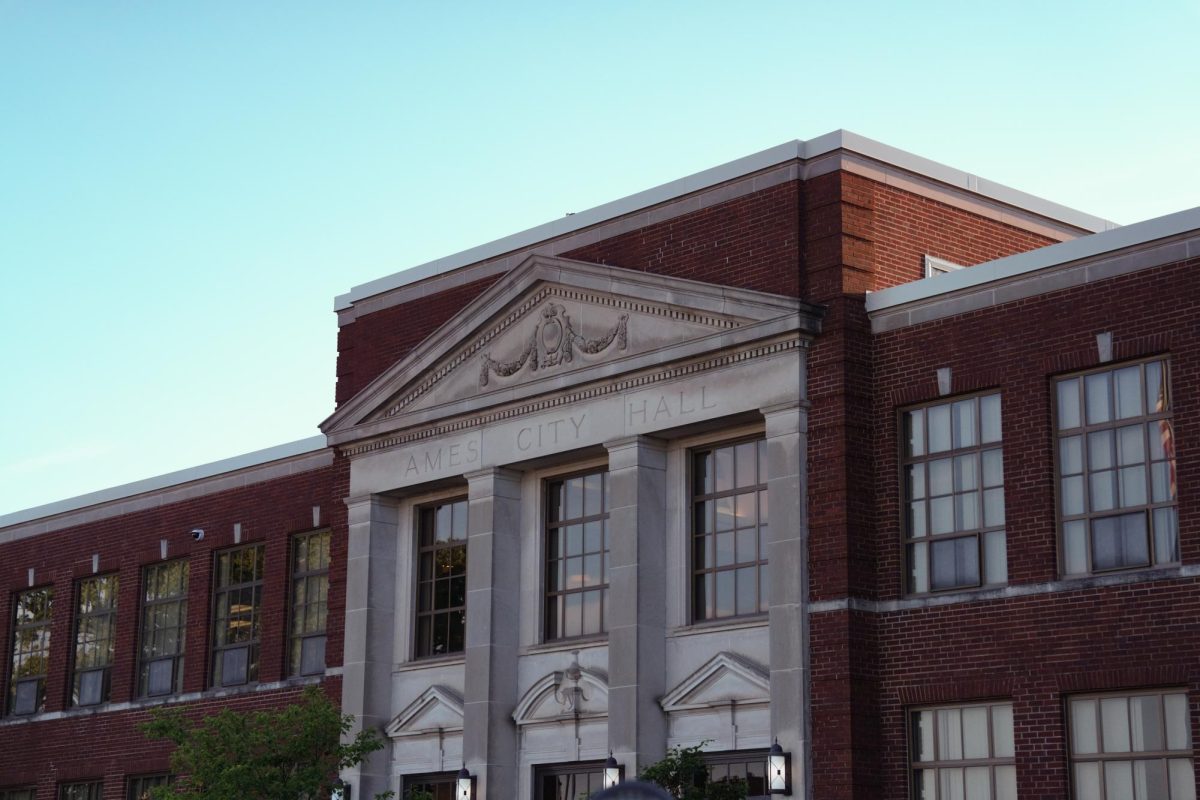Wait time hinders CCE students
May 1, 1997
Over one year ago I wrote a letter to the Daily discussing the problems some students were having trying to register for classes in the Civil and Construction Engineering Department. In response, the department formed a committee comprising faculty, staff and students to look at the problem, answer questions and devise a solution. Now it is a year and a half later, and here is the outcome.
The committee came up with three problems with the system as a whole. Conflicting classes which are separate in course content, yet required at the same time, were the first problem. The department has done extensive research into finding these classes and when possible, they have provided another section with no conflict. This problem did not account for the majority of the experienced frustration.
The next problem identified was that sections for classes were too small. This is normally compensated for by both the professor and the department agreeing to make the section size larger. This is an interesting problem because enrollment in the CCE department has been increasing, with it just beginning to level off this past year. Meanwhile, the faculty has been reduced. Thus, part of the problem is that the once-accepted class size or student-to- teacher ratio is no longer adequate. While this was considered to be a large problem, a larger problem still existed. We called this the wait state.
The fact is most students are not aware they are on a wait list after not receiving a class. This then causes frustration. The committee recommended a faster turnaround when dealing with wait lists, day limits and upper limits. Day limits are limits set to regulate the amount of students allowed to register for a class on one particular day. So there may be three sections offered but the day limit on one section may be zero in order to fill the other two sections first. Upper limits are “caps” on the class size which can be adjusted. The committee also implemented a bubble sheet tally system to tabulate classes of interest for the three semesters following the semester in which the bubble sheet was filled out. This method did not yield accurate results, but it bolstered advisor/advisee relations and also prepared most advisees for registration well in advance.
Our solutions fell short but the surge of students also diminished. Our general feeling after examining the problem is that better information is needed regarding the registration system. Namely, a possible revamping of touch-tone to include the phrase, “You are on a wait list.” Even better would be a way to display where you sit on the wait list and class limits without disclosing other information, like who else is on the wait list. All this is via the Internet, modeled like the career base server for security reasons, or the ultimate step could be a registry of four/five-year plans on the same type of system. This system could be updated by students at all times to accommodate failing classes, changing majors, dropping out, or going on co-op. This plan could then be accessed by the university and provide accurate interest counts [assuming] everyone utilizes the system.
We worked very hard to try to eliminate the problem and, for now, it has been reduced. What we need to realize is history is known to repeat itself and we can be better prepared by looking at what happened, what caused it and what we can do in the future to reduce it. We know we have not thought of everything and are open to suggestions for improving department/student relations concerning departmental and even campus-wide class registration.
I would also like to take this last chance to say thank you to Fern Parrish for all the dedication and hard work for the students of the CCE department. Thank You!
Jesse Peterson
Senior
Civil Engineering






